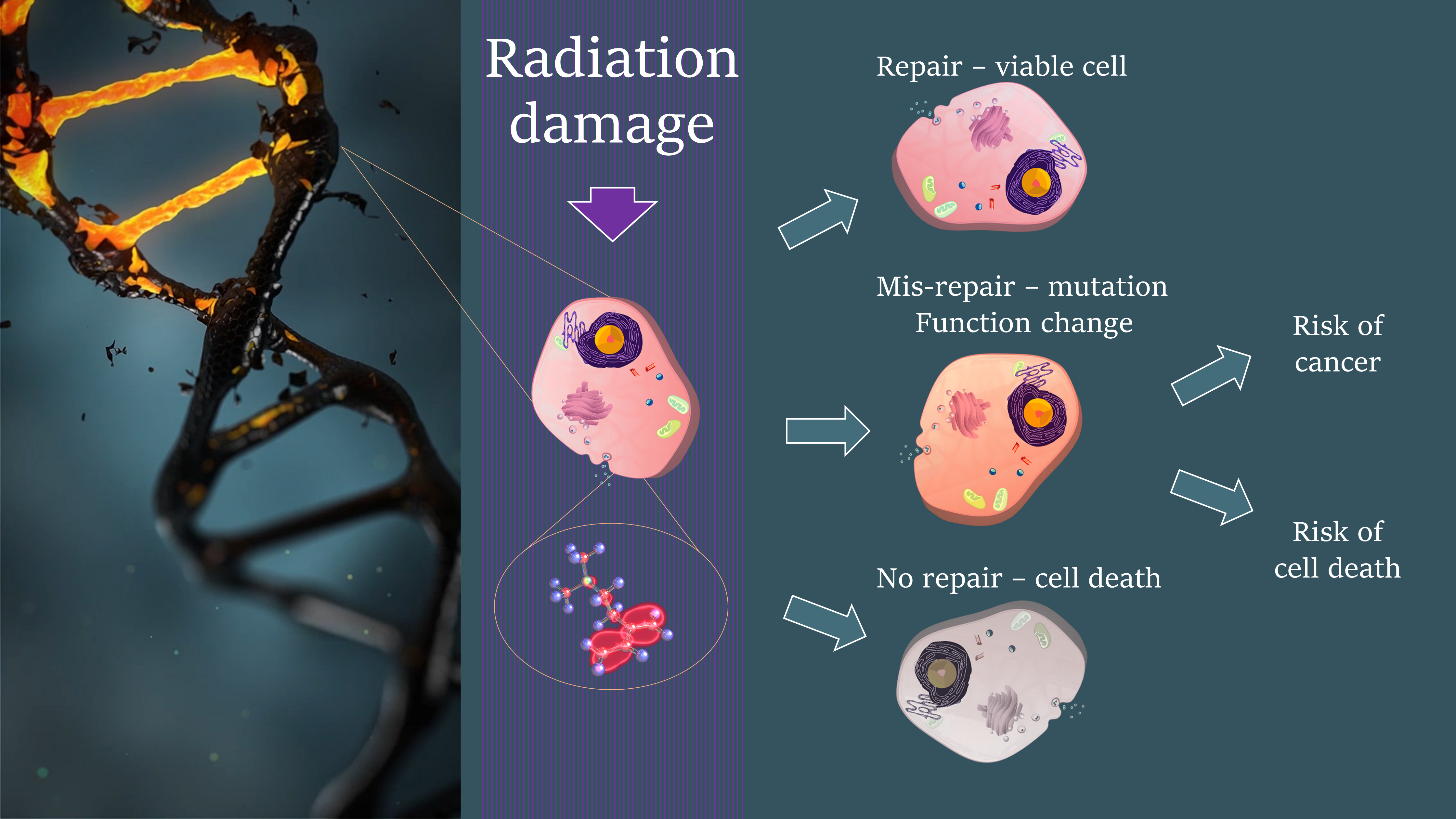Group photo from CompactLight's Midterm Review Meeting. (Image: CompactLight)
The H2020 design study CompactLight gathered in Helsinki for its Midterm Review Meeting, a full review of the project held halfway through its duration, at the end of the project’s Month 18. CompactLight is an international collaboration that brings together world-leading experts in the fields of accelerator technologies and FEL radiation, with the goal of designing a new generation of Free-Electron Laser (FEL) facilities. These aim to be more compact, more power-efficient, and cheaper in construction and operation, compared to present-day facilities, based on conventional technologies. FELs are among the most powerful tools for investigating matter, but have been chronically overbooked by the users, due to the small number of existing facilities owing to their huge costs. By making FEL facilities cheaper, and thus affordable for institutions with less financial resources, the project aims to contribute to the larger diffusion of these light sources.
The key concept of the project is to combine cutting-edge technology for each different component of a FEL light source into a single machine. One of technologies used by CompactLight is the high-gradient normal conductive Radio-Frequency (RF) acceleration in the X band, developed at CERN within the context of the Compact Linear Collider (CLIC) study, as well as innovative undulator technologies developed by leading institutes like KIT and STFC.
A group of 24 academic and industrial partners bring the necessary expertise to fulfil the project’s goals. The collaboration, coordinated by Elettra Sincrotrone Trieste, involves eleven public European research institutes (Elettra, CERN, STFC, IASA, INFN, ENEA, ALBA-CELLS, CNRS, KIT, PSI, CSIC), eight European universities (Uppsala, Ankara-IAT, Lanchester, Eindhoven, Roma-Sapienza, Helsinki-HIP, Free University of Amsterdam, Strathclyde), two European industrial partners (Kyma and VDL), and three extra-European partners (SINAP, University of Melbourne and ANSTO-AS).
The successful meeting in Helsinki provided clear evidence of the large progress in defining the machine parameters and of the advancements made by the partners in the design of each single subsystem, since the Annual Meeting in Barcelona in December 2018. Options for a very compact beam injector in the S-, C- and X- band of frequencies have been presented and discussed. The definition of a standardised unit for the X-band linac is progressing, a component that could even be used as a stand-alone element for smaller projects, for instance, a university-scale Compton source, or smaller FELs for special applications that can be constructed and operated with smaller budgets. New concept undulators like superconductive undulators and cryogenic permanent-magnet undulators, as well as exotic schemes, like microwave undulators, are also under investigation.
A session dedicated to industrial partners, rarely occurring at such an early stage of a design study, demonstrated the great interest the project is gathering. World-leading industries attended the conference: CPI, Canon (ex-Toshiba), Thales, Scandinova, and Jema displayed their latest developments and carefully studied the new directions suggested by the CompactLight collaboration. Accelerator physicists and industrial partners gathered to exchange experiences, technology requirements, and the new machine parameters, to identify where industry must look at in the future.
The large demand for high-quality X-rays sources and the technological developments pushed by CompactLight make the project particularly appealing, not just for the accelerator community and for the numerous X-rays users, but also for European and worldwide industries. The industry session demonstrated that, despite its young age, CompactLight is already showing an impact in the field today. The success of CompactLight, determined by the promising results obtained so far, will affirm X-band technology as a new standard for accelerator-based facilities and advance undulators to the next generation of compact photon sources. A new generation of compact X-band-based accelerators and light sources is approaching, across and beyond Europe.
The next meeting will be held in Istanbul in January 2020. At the time, the collaboration is expected to demonstrate further progress and a concrete idea of the final CompactLight design.









